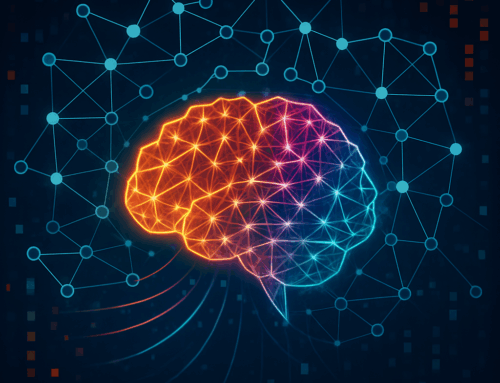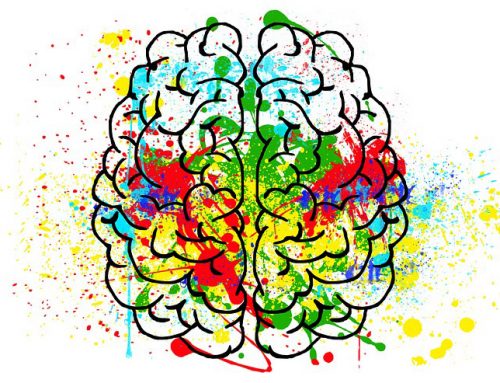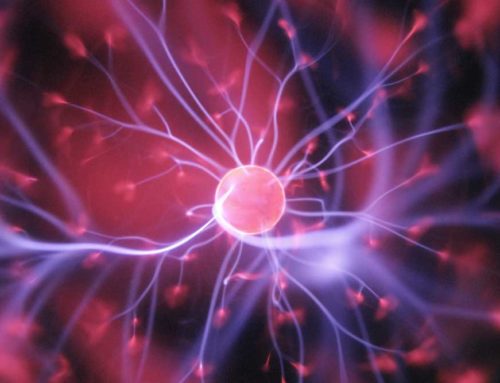Mapping CSF Patterns To Improve Early Autism Diagnosis and Intervention
2025 Award: $51,690
Cerebrospinal fluid (CSF) is a clear fluid that circulates through the nervous system, playing a key role in brain development, nutrient delivery, and immune surveillance. Infants who are later diagnosed with autism often show an increase in CSF volume, but the causes of this increase remain unknown. In this project, we will investigate how CSF moves in the brains of these infants using advanced MRI techniques. Tracking early changes in CSF dynamics may reveal important biomarkers and enhance our understanding of how disrupted CSF motion contributes to autism. These findings will be a critical first step toward developing earlier diagnostic tools and targeted interventions.
Need/Problem: Cerebrospinal fluid (CSF) is a clear fluid that circulates through the nervous system, supporting brain development, nutrient delivery, and immune protection. Growing evidence suggests that the CSF system is altered in children with autism, but we still don’t fully understand how CSF motion — its circulation — may differ in these infants.
Grant Summary: We will use advanced brain imaging methods to track CSF motion in infants, aiming to find new ways to detect and treat autism spectrum disorder (ASD).
Goals & Projected Outcomes: Our project aims to study how CSF moves in the brains of infants who later develop autism, how this motion changes with age, and how it relates to later symptom severity. The results will lay the groundwork for a future NIH proposal focused on using CSF motion as a predictive biomarker for earlier diagnosis and prognosis of ASD, and on exploring CSF motion as a potential target for intervention.

Roza M. Vlasova, PhD
Grant Details: Infants who later develop autism often show increased cerebrospinal fluid volume around their brains. However, the mechanisms behind this change remain unknown, and CSF motion has never been directly studied in this population. In this project, we propose to investigate whether CSF moves differently in infants later diagnosed with autism, and how these motion patterns relate to symptom severity. Using advanced MRI techniques and data from over 300 infants, we aim to provide insights into how disrupted CSF dynamics may contribute to autism.





